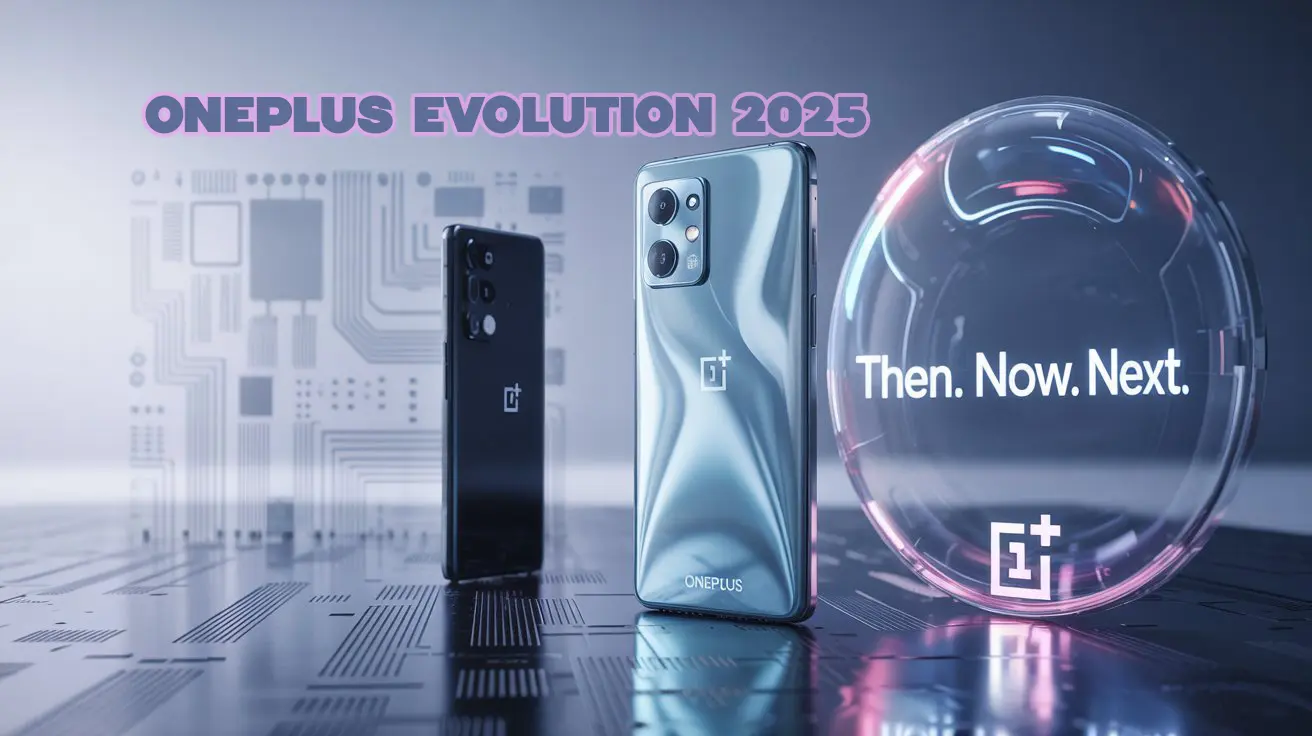Revolutionary Mobile Phones That Shaped the Smartphone Industry — The history of smartphones is marked by several revolutionary mobile phones that have redefined the industry. These impactful mobile phones not only changed how we interact with technology but also influenced smartphone market trends and set the stage for future innovations.
iPhone 2007 Revolution:
One of the most revolutionary mobile phones was the first iPhone, launched by Steve Jobs in 2007. This device introduced a touch screen panel that set a new benchmark in touch screen phone history. Before the iPhone, most phones, including Blackberry smartphones, relied on physical keypads. The iPhone’s revolutionary design and software marked a significant shift in the mobile technology evolution. Its impact is still evident today, as smartphone innovations continue to build upon the foundation laid by the iPhone.
HTC Dream Android Phone:
Another key player in the history of smartphones is the HTC Dream, the first Android phone developed by HTC and Google. Originally, Android was designed for keypad phones, but after witnessing the iPhone’s success, Google shifted focus to touch screen devices. The HTC Dream was pivotal in the rise of Android, making it one of the most impactful mobile phones in shaping the smartphone market trends. This phone was instrumental in establishing Android as a dominant force in the mobile ecosystem.
Galaxy Note Big Screen:
Samsung’s Galaxy Note, released in 2011, revolutionized the concept of big screen phones. As one of the first big screen phones, it featured a 5.3-inch display and a stylus, which were experimental at the time. The success of the Galaxy Note sparked a trend towards larger screens, leading to the near disappearance of small screens from the market. This innovation marked another significant milestone in the mobile technology evolution and contributed to the ongoing demand for impactful mobile phones with larger displays.
Nokia Lumia Series:
Nokia’s Lumia series, especially the Lumia 1020, played a crucial role in the mobile phone industry. Released around 2013, this series featured a 41-megapixel camera and OIS, setting new standards in mobile photography. The Lumia series was known for its durability and powerful hardware, influencing future designs and contributing to the history of smartphones. Despite Nokia’s decline after its acquisition by Microsoft, the Lumia series remains an important chapter in smartphone innovations.
Google Nexus Phones:
The Google Nexus series represented a successful collaboration between Google and various hardware manufacturers, including Samsung, LG, HTC, Motorola, and Huawei. These phones offered pure Android experiences with the latest updates and aggressive pricing, making them some of the most impactful mobile phones in the market. The Nexus series contributed significantly to the mobile technology evolution and set a precedent for software-hardware partnerships that continue to influence smartphone market trends.
Motorola Moto G and Online Phone Revolution:
The Motorola Moto G, launched by Google, was a game-changer in the online phone market, particularly in India. This phone, known for its good hardware, software, and affordability, was sold exclusively on Flipkart, sparking the online phone revolution. Following the Moto G, Xiaomi’s Mi 3, launched in 2014 through flash sales, further transformed the market. These revolutionary mobile phones established new sales strategies and set the stage for future smartphone innovations in online retail.
OnePlus and Market Growth:
OnePlus made a significant impact with the launch of OnePlus 1 in India. Initially focused on the USA, OnePlus discovered unexpected demand in India, leading to rapid growth. The success of OnePlus in India highlights the importance of understanding local markets and adapting to consumer needs. As OnePlus continued to innovate, expanding its offerings with models like the Nord series, it solidified its position as a key player in the smartphone market. This growth underscores the influence of revolutionary mobile phones on smartphone market trends.
Huawei and Camera Technology:
Huawei revolutionized smartphone camera technology with its P9 series and later the P30 and P30 Pro, which introduced high-resolution sensors and advanced camera features. Huawei was also among the first to implement 40-megapixel sensors, influencing other manufacturers to follow suit. Despite facing a ban in 2019, Huawei’s innovations in camera technology and fast charging left a lasting impact on the mobile phone industry. Huawei’s contributions highlight the importance of smartphone innovations in driving the mobile technology evolution.
These revolutionary mobile phones have reshaped the mobile phone industry and continue to influence smartphone market trends. From the introduction of the iPhone’s touch screen to Huawei’s advancements in camera technology, these devices have paved the way for the future of mobile technology.
If you have any other phones in mind or a favorite old phone to recommend, let us know in the comments below. If you enjoyed this article, please like it and subscribe to the channel. Thank you for reading. See you in the next article.





